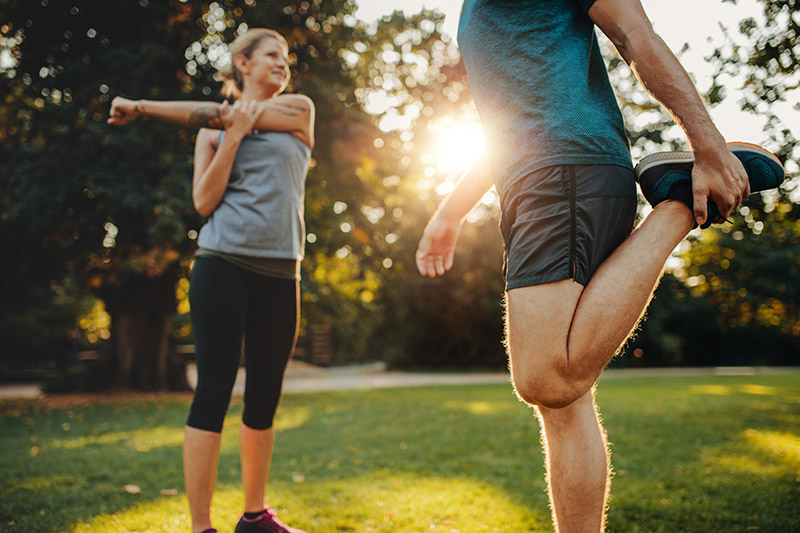
29 Jun The Vital Role of Stretching and Flexibility for Growing Active Teens
As manual therapists who regularly see competitively sporty teenagers, we see firsthand how important it is to encourage regular mobility and flexibility. Adolescence is a time of rapid growth, both physically and mentally. For teens who are involved in sports or other physical activities, maintaining flexibility through regular stretching isn’t just beneficial—it’s essential for healthy development and long-term physical well-being.
Why Focus on Flexibility for Teens?
During adolescence, bones grow quickly, but muscles and tendons can lag behind. This imbalance often results in tight muscles, limited range of motion, and a higher risk of injury. Stretching helps maintain the balance between muscle length and bone growth, allowing for smoother, safer movements.
Key benefits of stretching and flexibility training for teens include:
- Injury Prevention: Tight muscles are more prone to strains, pulls, and tears. Stretching improves muscle elasticity and joint mobility, reducing the likelihood of injuries during sports or everyday activities.
- Improved Performance: Flexible muscles and joints allow teens to move more efficiently and with greater control. This can enhance their agility, speed, and overall athletic performance.
- Better Posture: As teens grow, poor posture can develop, especially with the rise of screen time and sedentary habits. Stretching the chest, back, and hip muscles helps maintain proper alignment, reducing the risk of postural problems and associated pain.
- Enhanced Recovery: Stretching promotes circulation and muscle relaxation, which can help reduce soreness and accelerate recovery after intense physical activity.
- Mental Benefits: Incorporating stretching into a routine encourages mindfulness and body awareness, promoting a healthy mind-body connection. It can also serve as a calming, stress-relieving practice.
Safe Stretching Guidelines for Teens
While stretching is incredibly valuable, it’s important that teens do it safely:
- Warm Up First: Stretching cold muscles can lead to injury. Encourage teens to do a light warm-up—like jogging or jumping jacks—for 5–10 minutes before stretching.
- Focus on Major Muscle Groups: Hamstrings, quadriceps, calves, hip flexors, lower back, and shoulders are key areas to stretch for active teens.
- Hold, Don’t Bounce: Stretches should be held steadily for 20–30 seconds. Avoid bouncing, which can cause muscle strain.
- Stretch Both Sides Equally: Balance is critical. Make sure to stretch both the left and right sides to prevent imbalances.
- Don’t Push to Pain: Stretching should create a gentle tension, not pain. Overstretching can cause injury.
Incorporating Stretching Into Daily Routine
Teens juggling school, sports, and social life may struggle to find time for flexibility training. Here are some practical tips:
- Stretch After Practice: Post-activity stretching is ideal to maintain flexibility and assist recovery.
- Morning or Evening Routine: Just 5–10 minutes in the morning or before bed can make a big difference.
- Use Dynamic Stretching Before Sports: Incorporate movements that mimic the sport (like leg swings or arm circles) to prepare the body.
- Encourage Family or Group Activities: Stretching can be more enjoyable and motivating when done with friends or family.
When to Seek Professional Guidance
If a teen experiences persistent tightness, pain, or reduced mobility, it’s could be a good time to consult an osteopath or physiotherapist. They can assess muscle imbalances, growth-related issues, or underlying conditions and provide a tailored program to improve flexibility safely and effectively.
Final Thoughts
Flexibility is a foundation of physical health that supports growth, movement, and injury prevention for active teens. By making stretching a regular habit, young athletes can set themselves up for a lifetime of healthy, pain-free activity. Remember, nurturing flexibility today means stronger, more resilient bodies tomorrow.


